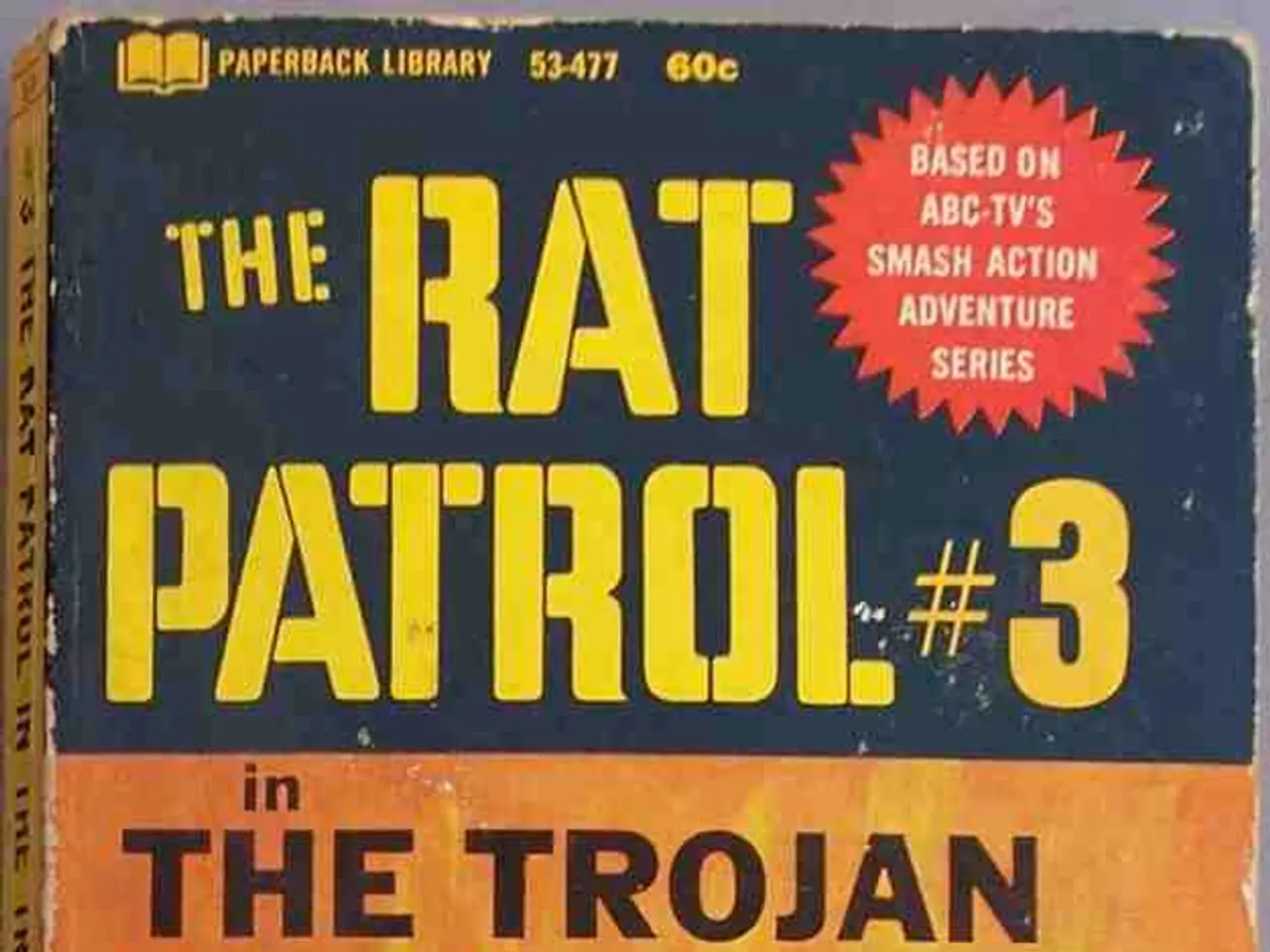Covert CIA action during the Cold War: A clandestine trafficking operation that instilled fear in Soviet censorship officials.
During the Cold War, the Central Intelligence Agency (CIA) embarked on a unique cultural warfare mission: the clandestine smuggling of millions of forbidden books into the Eastern Bloc as a means of challenging communism. This operation, known as the CIA's Book Program, employed inventive methods such as balloon drops and hiding books in baked bean tins to bypass Soviet censorship and restrictions on Western literature.
The rationale behind this program was the belief that literature could serve as a potent ideological weapon. By providing access to banned books—including those promoting freedom, democracy, and Western values—the CIA aimed to inspire independent thought and resistance to authoritarianism within Soviet-dominated societies. This cultural infiltration was intended to undermine Soviet control over information and to foster dissent among citizens, particularly in countries like Poland that already had traditions of underground resistance.
The books chosen for the program were specifically picked for their power to challenge authoritarianism, undermine censorship, and question the doctrines of totalitarian ideology. Works by George Orwell, Arthur Koestler, Albert Camus, Milan Kundera, and Aleksandr Solzhenitsyn were among the books selected, with their powerful narratives serving as a counterpoint to the propaganda that dominated the Eastern Bloc.
The program was a global operation, relying on students, diplomats, missionaries, and tourists to smuggle books. In Poland, literature played a decisive role in the emergence of the Solidarity trade union, with the smuggled books helping to fuel intellectual and cultural opposition to Soviet rule. Mirosław Chojecki, an underground publisher in Poland, became a symbol of defiance despite multiple imprisonments.
To aid in the distribution of these books, the CIA developed portable printing presses for dissidents to reproduce smuggled texts on the ground. Some books were hidden in false-bottomed suitcases, secret vehicle compartments, or hollowed-out innocuous objects. The CIA even produced miniature books that could fit inside a can of baked beans, ensuring that even the smallest of spaces could pose a real threat to a regime that required ideological control.
At its peak, the budget for the CIA's Book Program was around $4 million annually, a modest sum compared to other covert activities. Despite this, the impact on places with active underground cultures, like Poland, was substantial, as the smuggled books helped fuel intellectual and cultural opposition to Soviet rule. By the 1980s, communist regimes found themselves outmatched by ideas they could no longer suppress.
The CIA's Book Program was a long-running US intelligence operation that ran from the mid 1950s until about 1991. Uncensored literature became so pervasive in Poland that the regime lost control of the argument and the population. Agatha Christie's works, for example, were read differently in the Eastern context, becoming a strong argument against communism.
In summary, the CIA’s Book Program was a creative and strategic soft-power tool during the Cold War that aimed to penetrate the Iron Curtain with forbidden literature, thereby challenging Soviet censorship and promoting the values of freedom and democracy among oppressed populations in the Eastern Bloc. The program was significant yet overshadowed by more overt and costly CIA operations, but its impact on the Eastern Bloc cannot be understated. The full scope of the program’s influence in the Soviet Union and other Eastern Bloc states remains less documented, though it was enough to seriously concern Soviet censors.
The CIA's belief in literature as a potent ideological weapon led them to select books with the power to challenge authoritarianism, undermine censorship, and question totalitarian doctrines, such as those by George Orwell, Arthur Koestler, Albert Camus, Milan Kundera, and Aleksandr Solzhenitsyn, for the Book Program. During the operation, these books were smuggled into countries like Poland, where they contributed to the intellectual and cultural opposition against Soviet rule and played a decisive role in the emergence of the Solidarity trade union.








